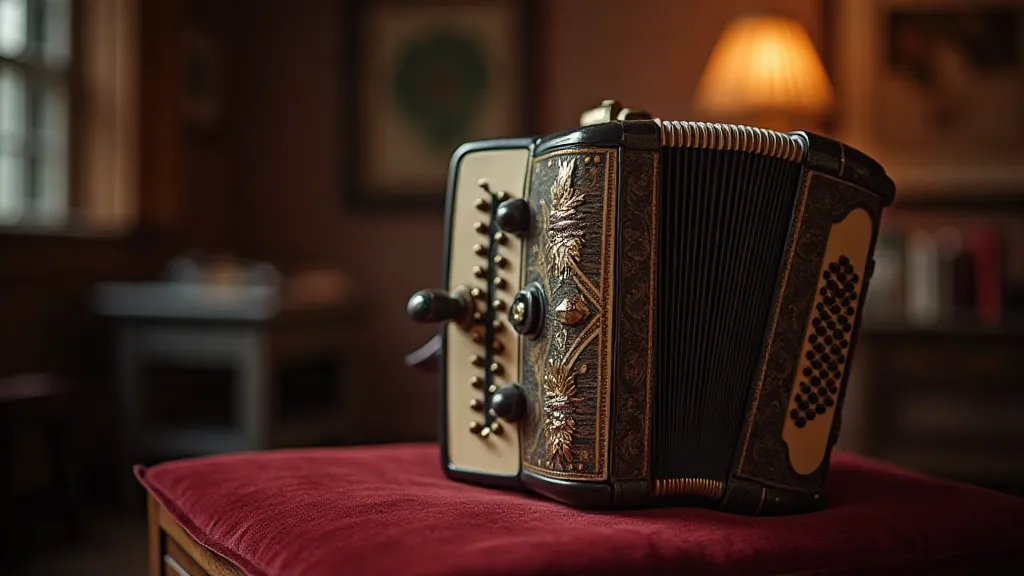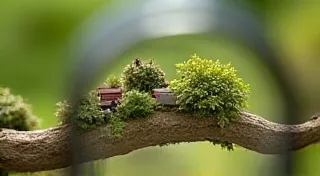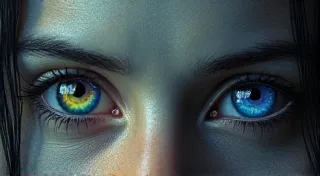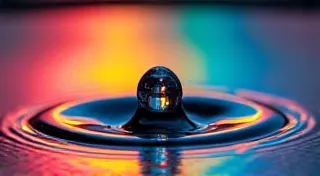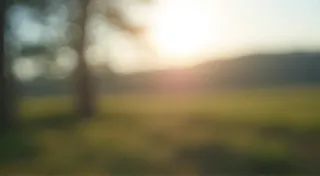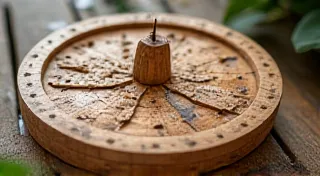Light Pollution's Shadow: Strategies for Observing in an Urban Sky
There's a certain melancholic beauty to the twilight of a city night. The hazy glow, reflecting off buildings and obscuring the velvet blackness of a true dark sky, carries a weight. It’s a tangible reminder of our impact, a visual echo of human activity that silences the whispers of the cosmos. It’s much like the quiet sadness you find in an antique accordion – a beautiful instrument, crafted with such care and skill, now muted by time and circumstance, its vibrant music largely unheard. Both have a story to tell, and both, in their own way, evoke a longing for something lost.
I remember my grandfather, a taciturn man of few words, teaching me to play a Hohner Victoria accordion. The bellows, a rich burgundy leather, felt cool and smooth beneath my small hands. The keys, ivory yellowed with age, clicked with a satisfying precision. He’s gone now, but the scent of that accordion – a blend of leather, wood polish, and a faint, indefinable fragrance of history – remains vivid in my memory. It’s a feeling I often associate with the desire to see the Milky Way, a band of light so faint it’s swallowed by even the mildest light pollution. That vast, intricate tapestry of stars feels distant, dimmed, a promise partially unfulfilled. But the story isn’t over. There are ways to bring back some of that lost brilliance, to rediscover the wonder even under a city’s glow.
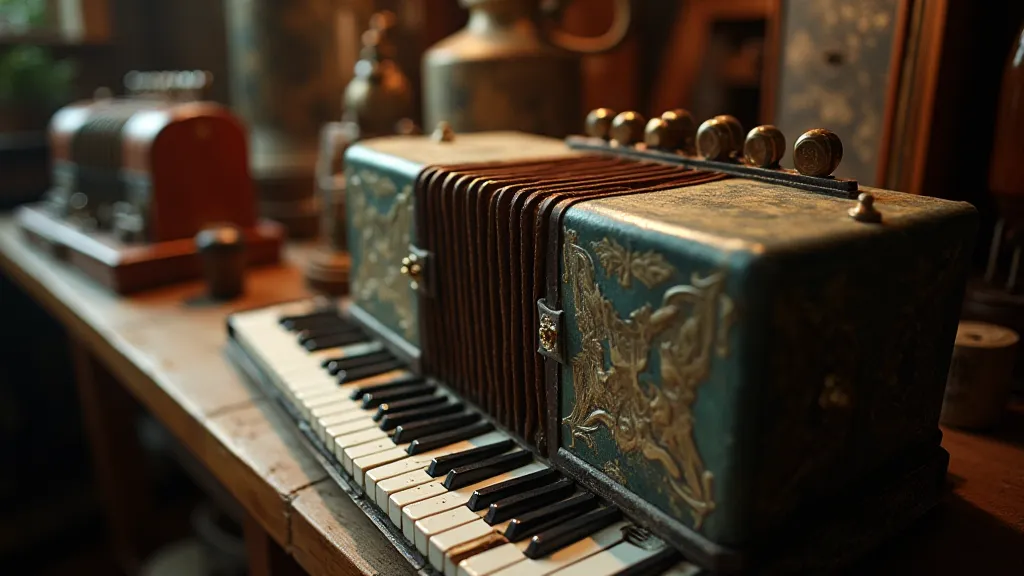
Understanding the Enemy: What is Light Pollution?
Light pollution isn't simply about bright streetlights. It’s a complex issue involving skyglow (the general brightening of the night sky), glare (excessive brightness that causes discomfort), and light trespass (light falling where it's not wanted). Skyglow, the most pervasive problem for astronomers, is created by light scattered by atmospheric particles – dust, water droplets, and even pollution. It effectively raises the sky's brightness, making fainter celestial objects invisible. Think of it like trying to hear a whisper in a crowded room; the background noise drowns out the intended message.
The history of light pollution is intertwined with the rise of cities and the electrification of the world. Early electric lighting, often inefficient and poorly shielded, inadvertently created a skyglow. Today, while we're more aware of the issue, inefficient lighting continues to be a significant contributor. The careless use of floodlights and upward-facing lights are particularly harmful. It’s a tragedy, really, to see such wasted energy contributing to the diminishing view of the cosmos. Just as the skill and artistry poured into an antique accordion are diminished when it sits unplayed, the universe's beauty is dimmed by our lack of mindful illumination.
Equipping Yourself for the Urban Sky
So, what can be done? While lobbying for better lighting policies in your community is crucial (and I highly encourage it!), there are also practical steps you can take to improve your observing experience. The initial investment in your equipment can significantly impact what you've got to work with. For some, the journey starts with a simple pair of binoculars, while others aim straight for a large aperture. Learning about astronomical investment can help guide your choices and ensure you’re getting the most value for your budget. The telescope itself plays a role. Larger aperture telescopes gather more light, allowing you to see fainter objects. However, a well-chosen smaller telescope with good optics can often outperform a larger, poorly made one. Consider a telescope with a fast focal ratio (e.g., f/5 or f/6). These telescopes gather light more efficiently.
Filters are your best friend in a light-polluted environment. Narrowband filters, particularly those designed for Oxygen III (OIII), Hydrogen-alpha (Hα), and Sulfur II (SII) emissions, are incredibly effective at blocking out much of the unwanted light pollution while allowing specific wavelengths of light emitted by nebulae to pass through. These filters don’s magically erase the skyglow, but they can dramatically improve contrast, allowing you to see details you’d otherwise miss. It’s akin to carefully restoring an accordion's bellows, repairing minor damage and ensuring they function optimally – you’re enhancing what's already there, revealing a hidden beauty.
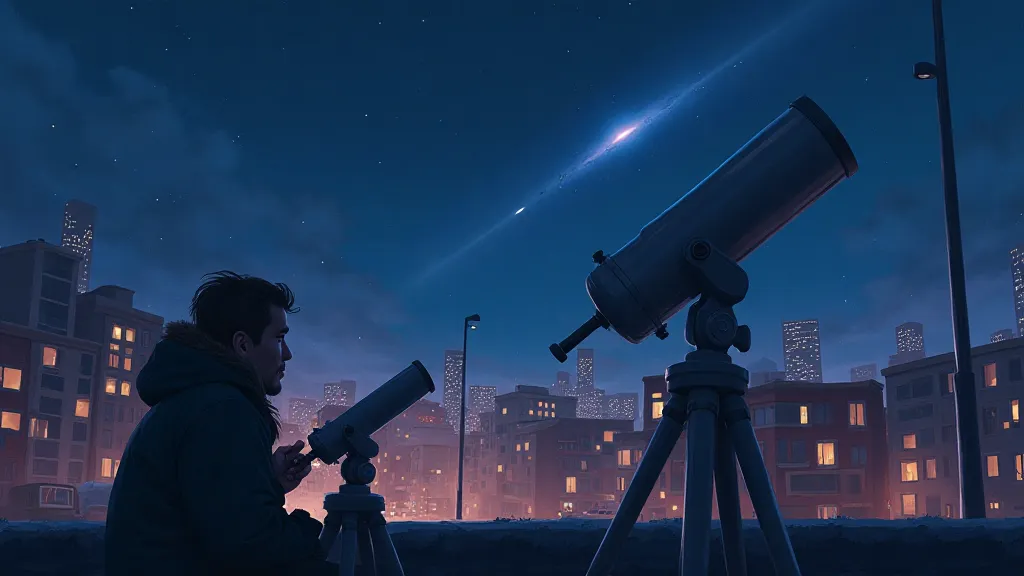
Observational Techniques and Location Scouting
Even with good equipment and filters, your observing success hinges on technique and location. Dark adaptation is vital – give your eyes at least 20-30 minutes to adjust to the darkness. Avoid looking at bright lights (including your phone screen!) during this time. Use a red flashlight to navigate your surroundings, as red light has less impact on dark adaptation.
Scouting locations is paramount. Parks, rural areas on the edges of the city, or even higher ground can offer slightly darker skies. Apps like Light Pollution Map (available online) can help you identify areas with less light pollution. Even a few degrees of longitude can make a significant difference. Experiment and explore; you might be surprised at what you discover. Sometimes, the most rewarding discoveries come from unexpected places, just like finding a beautifully restored antique accordion tucked away in a dusty old shop. Understanding the nuances of different telescope designs and their suitability for various observing conditions can also be invaluable. For those seeking a deeper connection with the cosmos, pursuing a Dobsonian telescope might seem daunting, but the rewards in terms of cosmic intimacy are well worth the learning curve.
Beyond the Telescope: Adapting Your Perspective
While deep-sky objects like nebulae and galaxies are challenging to observe in urban skies, there’s still plenty to see. The Moon and planets shine brightly, offering stunning views through even modest telescopes. Even familiar constellations can be appreciated anew when viewed through magnification. And, sometimes, the simple act of gazing up at the stars, even dimmed by light pollution, can be a calming and awe-inspiring experience. It’s a reminder of our place in the universe, a humbling perspective that transcends the artificial glow of our cities.
Many amateur astronomers find themselves lost in the technical details of optics and mounts, striving for ever-greater precision. However, it’s important to remember that the beauty of the night sky lies not just in the faintest details, but also in the wonder and perspective it offers. Achieving exceptional clarity often hinges on understanding and correcting for optical aberrations. For those truly driven to push the boundaries of what’s visible, exploring hyper-corrected telescopes can unlock hidden details and reveal a universe of possibilities.
Preserving the Beauty: A Call to Action
The challenge of light pollution demands a multifaceted approach. Beyond personal observation strategies, advocating for responsible lighting practices within your community is crucial. Support initiatives that promote shielded lighting fixtures, reduce unnecessary illumination, and prioritize energy efficiency. Educate your neighbors about the detrimental effects of light pollution and encourage them to adopt eco-friendly lighting solutions.
Ultimately, our connection to the cosmos is a fundamental part of what makes us human. It fuels our curiosity, inspires our creativity, and reminds us of our place in the vastness of the universe. Let us work together to preserve the beauty of the night sky for generations to come. Think of the beauty and complexity involved in crafting an accordion. It’s a testament to human ingenuity and artistry. While urban skies may obscure the faintest wonders of the cosmos, they shouldn’t diminish our appreciation for the universe’s grandeur. Instead, let's strive to be mindful of our impact, advocating for better lighting practices and finding ways to connect with the night sky, no matter how dimmed it may be. Like a treasured accordion carefully preserved and occasionally played, the beauty of the night sky can be appreciated, even in the shadow of light pollution.
